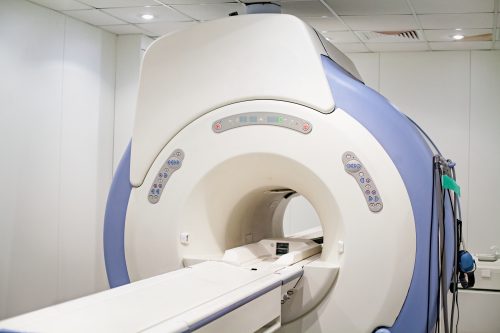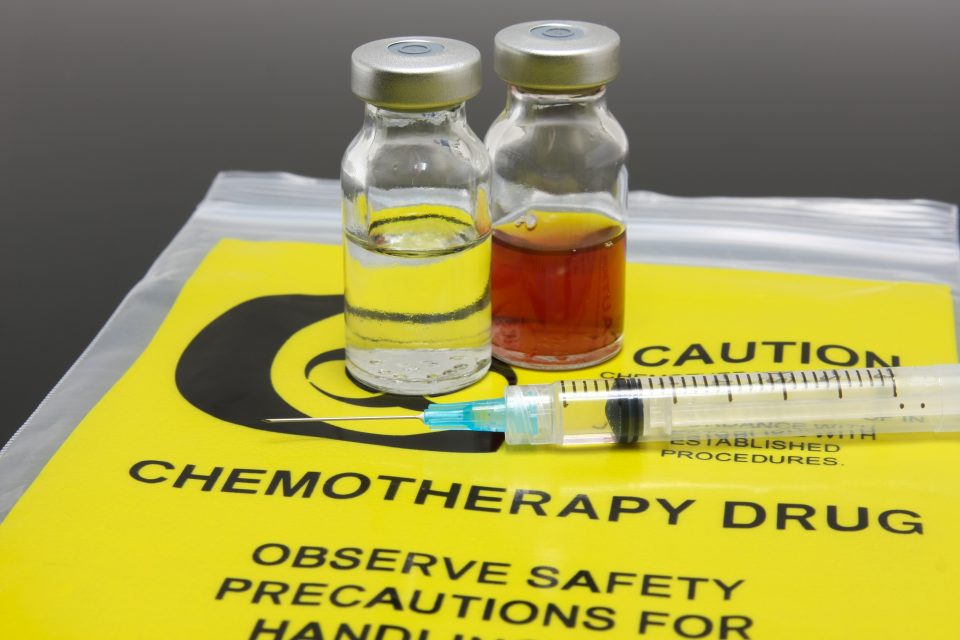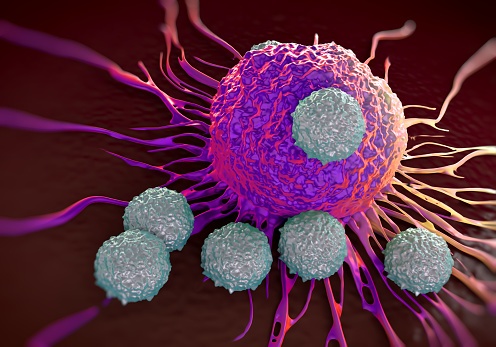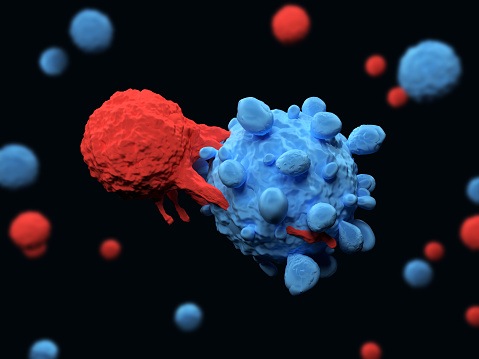
Treatment for advanced renal cell carcinoma (aRCC) commonly includes immune-oncology therapies and tyrosine kinase inhibitors. There is a need for a clearer understanding of the optimal treatment sequencing as new drugs and combination regimens emerge. Meredith M. Regan, ScD, and colleagues recently conducted a study designed to examine clinical and economic outcomes associated with treatment sequences for untreated aRCC with International Metastatic RCC Database Consortium intermediate/poor risk.
Results of the study were reported during a poster session at the ASCO 2019 Annual Meeting in a poster titled Clinical and Economic Outcomes Associated with Sequential Treatment in Patients with Advanced Renal Cell Carcinoma (aRCC).
The researchers developed a discrete event simulation model to estimate the total costs and survival in life-years over patients’ lifetimes when receiving sequential treatment with nivolumab plus ipilimumab (N+I), sunitinib (SUN), pazopanib (PAZ), or cabozantinib (CAB) as first-line treatment, and nivolumab, axitinib, PAZ, CAB, or lenvatinib plus everolimus (LEN+EVE) as second-line treatment.
Data from the CheckMate 214 trial and a network meta-analysis based on available literature were used to derive efficacy inputs. Literature and publicly available sources were used to obtain data on safety and cost.
As measured in mean life-years and lower mean costs per life-year, N+I initiating sequences provided longer survival compared with sequences with first-line tyrosine kinase inhibitors. The estimates of incremental cost-effectiveness ratio for N+I initiating sequences with second-line tyrosine kinase inhibitors monotherapy were well below the willingness-to-pay threshold of $50,000. Compared with second-line monotherapies, using second-line LEN+EVE provided an incremental survival gain but at a cost per life-year of nearly $100,000.
In conclusion, the researchers said, “Use of first line N+I followed by tyrosine kinase inhibitor monotherapy is estimated to provide longer survival while being more cost-effective versus tyrosine kinase inhibitors followed by immune-oncology therapies or sequences cycling tyrosine kinase inhibitors, mainly driven by a longer time to second-line treatment and longer treatment-free survival with N+I. Clinical trials with head-to-head comparisons of treatment sequences would be necessary to validate the findings of the study.”
Source: Regan MM, McDermott DF, Atkins MB, et al. Clinical and economic outcomes associated with sequential treatment in patients with advance renal cell carcinoma (aRCC). Abstract of a poster presented at the American Society of Clinical Oncology 2019 Annual Meeting, June 3, 2019, Chicago, Illinois.







 © 2025 Mashup Media, LLC, a Formedics Property. All Rights Reserved.
© 2025 Mashup Media, LLC, a Formedics Property. All Rights Reserved.